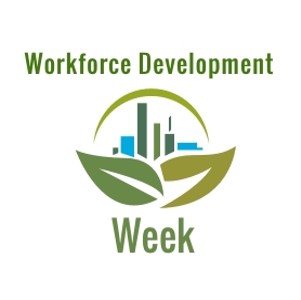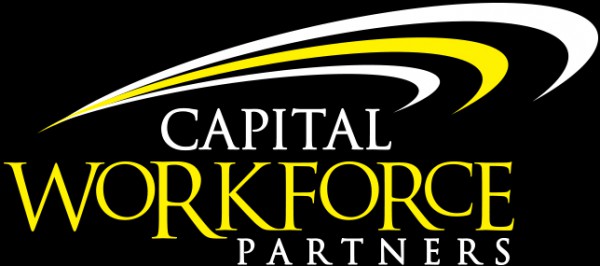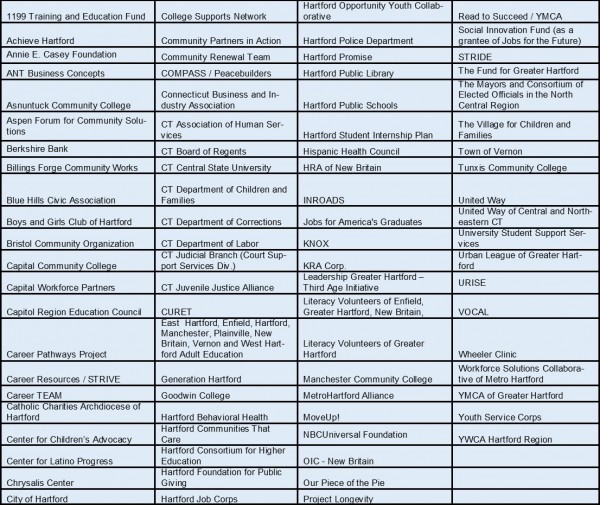Greater Hartford Grows as Regional Workforce Ecosystem
/It may not be widely recognized, but the Greater Hartford area has become a dynamic, participatory, collaborative regional ecosystem. And during National Workforce Development Week, which is celebrated nationally this week, that is an especially salient development.
What exactly does that mean? First, the definition: any time that partners within a region come together to solve problems, and meet regularly to answer new challenges, a regional ecosystem in is play. An “ecosystem” is defined as a system, or a group of interconnected elements, formed by the interaction of a community of organisms with their environment. A “Regional Ecosystem” is just that –specific to a geographic region. 
In North Central Connecticut, the regional ecosystem is helping business grow, and find the talent they need, and it is affecting the greater welfare of society, even in these extremely challenging times with budget deficits, and economic pressures that abound. So says Thomas Phillips, President and CEO of Capital Workforce Partners, among the drivers of progress underway across the 37-town region.
Regional ecosystems are like a chain of links, he explains, with each link playing a key role in holding the work together. “In workforce development – the regional ecosystem is comprised of strategic partnerships with industry, education, economic development, community organizations, labor and business-led workforce boards – leading programs that are nimble, flexible, adaptable and generating economic opportunity for business and job seekers.”
Among the leading examples of the local regional ecosystems - focusing on workforce development - which use a set of common goals and outcomes:
- MoveUp! – a regional ecosystem addressing the challenges relating to adult literacy, with 26 partners working collectively
- Opportunity Youth – a regional ecosystem addressing the challenges of reconnecting out-of-work, out-of-school youth to education, training and careers, with over 50 partners and funders working collectively
- Best Chance – a regional ecosystem addressing the challenges of returning citizens – finding sustainable employment for former offenders, with 15 partners working collectively

- The Hartford Coalition on Education and Talent (soon to be renamed) – a regional ecosystem designed to help more youth complete post-secondary education while closing the gap experienced by employers, with 8+ partners working collectively. “Be on the lookout for the work this group is doing – building pathways of success for the youth in our region,” says Paul Holzer, President of Achieve Hartford, spearheading this effort.
- The Knowledge Corridor – a region that crosses the Connecticut and Massachusetts border, this area is also a home to a robust regional ecosystem that includes 64,000 businesses, 41 colleges and universities, a labor force of 1.34 million and an international airport.
The organizations involved - scores of them - range from well-known names, such as Leadership Greater Hartford, Literacy volunteers, Capitol Region Education Council and the Hispanic Health Council, to those lesser known but just as vital.
“As ‘conveners,’ workforce development boards are often the ‘clasp’ of the chain, keeping all the links together, moving with changes in time,” says Phillips. “That means workforce development, economic development and education are responding collectively to work together toward sustainable jobs, talent creation and business growth.”
The number of organizations that collaborate continues to grow, with different organizations playing a lead role in select initiatives. But there is definitely strength in numbers, they point out.
At the national level, officials note, the U. S. Conference of Mayors (USCM), Workforce Development Council is spearheading an effort to help each region have better access to best practices in building strong regional ecosystems. The organizations is also working toward building more consistent communications and program focus that is designed to result in better outcomes.
That can best be accomplished region-by-region –addressing local area needs with locally based organizations.
Andrew McGough, Executive Director of the Portland, Oregon Workforce Development Board and Chair the USCM Workforce Development Committee, stresses that “Business-led local workforce boards lead the system through strategic partnerships with industry, education, community organizations, and labor, resulting in greater effectiveness and efficiency in serving businesses and job seekers in our communities.”
The Capital Workforce Partners website includes a list of participating community organizations.






























